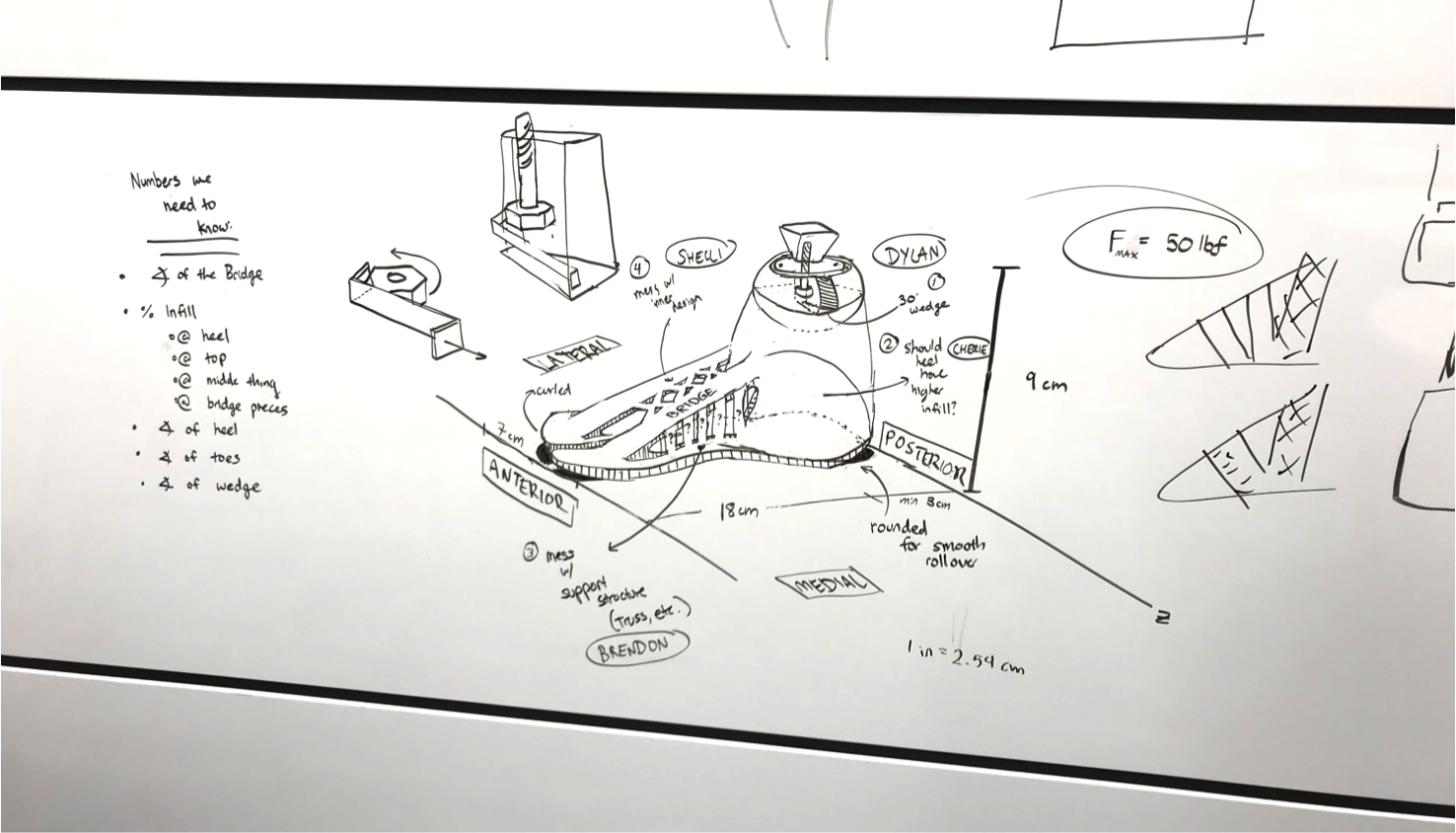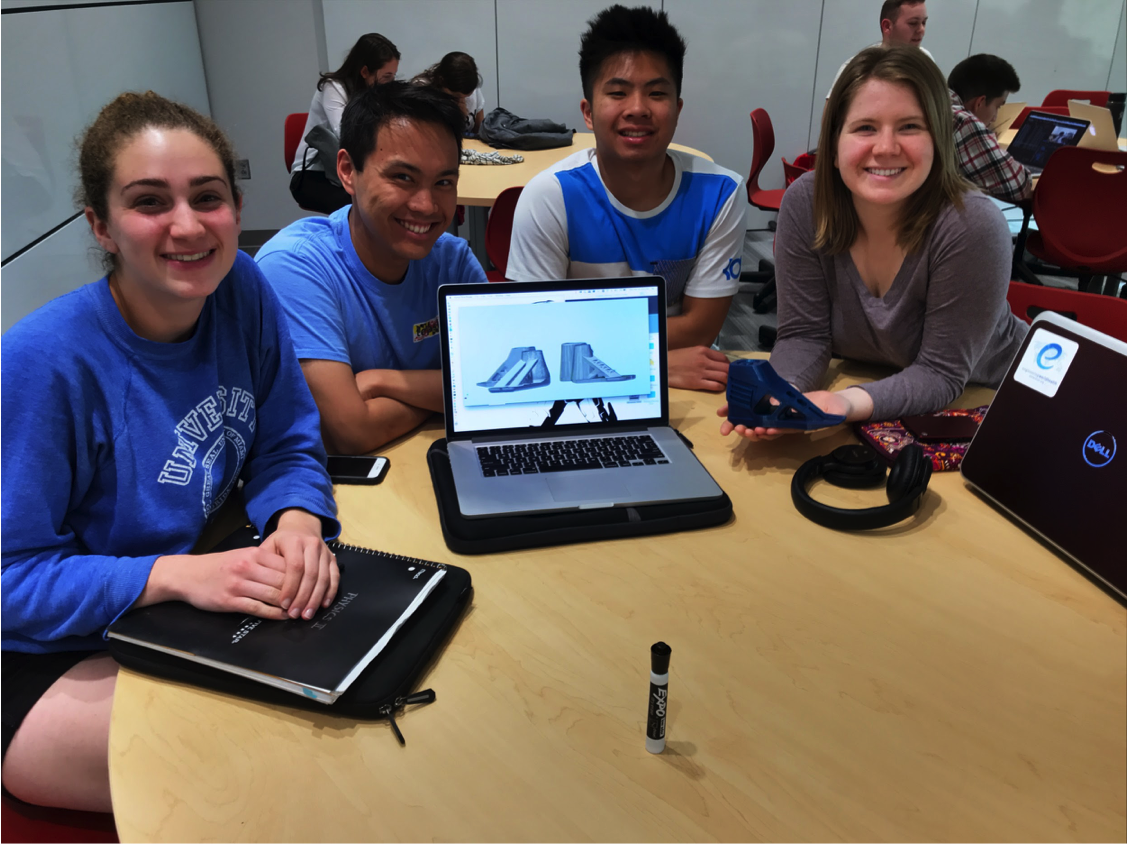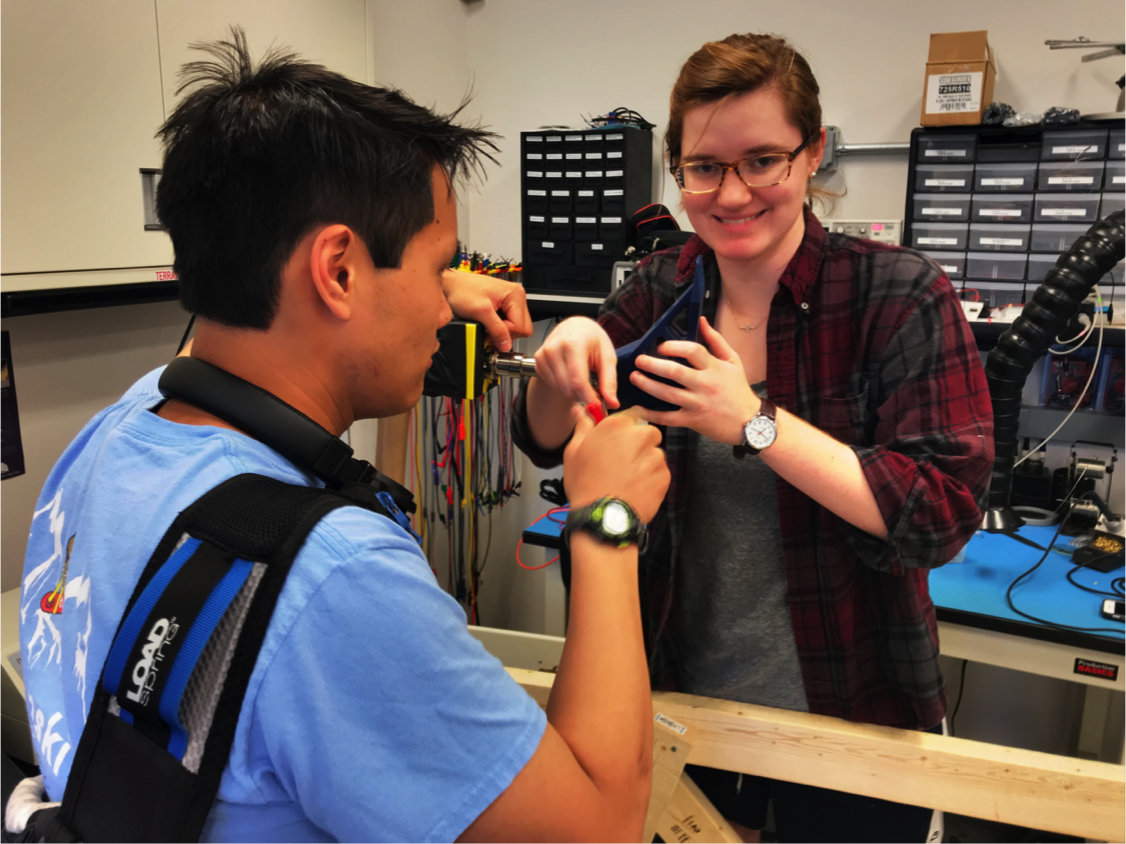Some of our Dankmeyer staff, led by team captain Sheryl Nathanson Sachs, CPO, participated in the Race for our Kids this past Sunday, September 16, 2018. The race is hosted by The Samuelson Children's Hospital at Sinai, which focuses on helping children and their families who are dealing with illness. They specialize in individualized care with families and clinical teams. They also support area pediatricians with the most comprehensive community hospital in Maryland. To raise money, each year the staff encourages the community to Race for our Kids by participating in a 1 mile family fun run, 5k or 10k! Our staff had a great time at the race and are looking forward to participating next year as well.
Alex's Lemonade Stand
A group of staff at Dankmeyer decided to get the company involved with the 2018 Lemonade Days program hosted by Alex’s Lemonade Stand.
Alex’s Lemonade Stand was founded and created by Alexandra “Alex” Scott. When Alex was four, she decided to set up a lemonade stand in her front yard to raise money for research to find a cure for childhood cancer. She and her brother Patrick raised $2,000 on their first day alone. Even as Alex bravely fought her own cancer, she still set up every year. When she passed away in 2004, her stand, and the stands of many others who had joined the cause, had raised over $1 million dollars. In 2005, her parents started Alex’s Lemonade Stand Foundation to carry on her work. They have raised over $150 million dollars to date that funds over 800 research projects at 135 facilities and supports families of those children receiving treatment. For more information, please visit their website by clicking here.
For Dankmeyer’s approach to Lemonade Days, the group got creative! An internal paint night kicked off the week. Kelsey Kasten, CPO, lead the class in the painting of a sunflower. Those who were able to participate took a photo after the class to show off their handiwork. Several are even hanging in our lunchroom - to not only brighten the space but to remind ourselves how easy and beautiful it is to help others. Even those who were not able to participate donated toward kicking off this fundraiser. Paint night was a huge success (and hopefully will be repeated!)
The following Monday, care packages put together by the organizers of the fundraiser arrived in each Dankmeyer office. A change jar, stickers, information on the foundation, and most importantly, lemonade comprised each box. All week staff emptied their pockets, wallets, cup holders, seat cushions, and car floors and filled up the change jars. The goal that the group set was nearly DOUBLED due to the compassion of their coworkers. Dankmeyer raised $415.00 dollars by the end of Lemonade Days! That is enough to fund a full day of research.
All in all, Lemonade Days 2018 raised $785,416, and staff at Dankmeyer is incredibly proud to have taken part.
Nina Bondre and the Challenged Athletes Foundation
Nina Bondre, CPO, recently attended a running clinic hosted jointly by Ossur and the Challenged Athletes Foundation (CAF). The running and mobility clinics are focused on helping people with amputations return to running. The event was held at the Catholic University Cardinals Stadium in Washington, DC on June 23. On a rainy Saturday morning, volunteers and participants assembled to listen to the coaches, Bob Gailey, PhD, PT, and Peter Harsch, CP. The participants were split into those with little to no running experience, and those who already run and are looking to fine tune their techniques.
Participants were paired one-on-one with volunteers. Both participants and volunteers included a variety of ages, experience levels, and a mix of CPOs and PTs. There were so many volunteers at the event that some participants were able to work with two volunteers for the duration of the event!
The intro running group was taught by Bob Gailey. Over the course of several exercises, participants "built up" how they ran, starting with putting more weight on their prosthetic side, adding speed, and adding the motion of their arms, with several other phases in-between. The idea is to slowly transition from walking to running, by adding on an element of running with each progressive step. Nina got to work with a 70 year old participant who was determined to run. By the end of the day she was able to jog and was thrilled! It was the first time she had run in years.
If you are interested in a look at future Ossur clinics, click here.
For some photos of past Ossur running and mobility clinics click here.
Angie Bryl Teaches at the University of Maryland
I hold a special place in my heart for the University of Maryland, College Park. I’m a Terp-for-life, and graduated from Maryland with a bachelors degree in bioengineering in 2004 (my father and sister are also Maryland alum). You can find my name on the grounds at College Park engraved at the ODK fountain on the mall, as well as on a brick outside of the Alumni Center.
So when I was approached last fall by Dr. Kiger, the Director of Undergraduate Studies at the Department of Mechanical Engineering at UMD, about teaching a brand new class on 3D printing and prosthetics to undergrads, I was beyond thrilled.
I got paired up with two insanely smart mechanical engineering Juniors, Saul and Anna, who know much more than I do about additive manufacturing (3D printing). Together we designed the course from scratch. We made it into a project based course, where the students’ main objective would be to creatively design a 3D printed prosthetic foot for a child and test its ability to withstand impact loading. We would provide them with the background knowledge on prosthetic design and additive manufacturing throughout the semester, and they would work in teams to create, CAD, print, test, and refine their designs.
This class was held during the Spring 2018 semester. Since I work normal hours at Dankmeyer during the day, we had to keep the class to evenings only. Who wants to take a 3 hour class on Monday nights for 15 weeks?!? But people did. Not only did we fill our allotted class size of 20, but extended it to 3 more waitlisted students who were eager to get in.
And these students were bright. They brought to the class their energy, eagerness to learn, creativity, and amazing computer aided design skills. While most were engineering students, we had one majoring in art and another in political science, and a few were international students from study abroad programs, bringing together a variety of diverse talents and backgrounds.
As part of their final deliverable, each team produced a short video on their project, including their design process, testing, and lessons learned. I was blown away with their work and want to share a couple of my favorite videos of theirs with you:
For a first-time class, it was a huge success overall. There are certainly areas that we want to improve on for next time, and we are excited to announce that there WILL be a next time! We are working on the revised content and are slated to return with version 2 of “Additive Manufacturing and Prosthetic Design” in Spring 2019.
Art Ross Returns to the Kinetic Sculpture Race
Art Ross, FabricationTechnician, contributes this story.
As reported last year, I enjoy volunteering for the American Visionary Art Museum’s Kinetic Sculpture Race. This was the museum’s 20th such event. It was my eighth year participating.
Kinetic Sculpture Racing began in Ferndale, California in 1969 when artist Hobart Brown upgraded his son’s tricycle into a 5-wheeled pentacycle and was challenged to a race down Main Street. (Hobart did not win.) Over the decades since, the California race evolved into a 3-day all-terrain Kinetic Grand Championship including treacherous sand dunes, water crossings, and elaborate sculptures and costumes.
The museum's entry - Babe the Blue Ox.
Oakland Mills High School's Messie Nessie.
For those who haven’t had the pleasure of catching this Baltimore madness, the “race” consists of a number of “sculptures”, mostly fabricated from bicycle parts and wild imaginations, that parade through downtown Baltimore with obstacles like a sandpit, a mud pit and a dip in the harbor. Not all the entries rely on the trustworthy construction of a bicycle. One of this year’s sculptures was made entirely of pool noodles and duct tape. The pilots trekked the entire 14 miles by foot (and they swam a bit at the water obstacle).
The Trojan horse of pool noodles.
The theme for this year’s race was Mysteries & Tall Tales. I chose to enter the mysterious realm of steampunk for my traditional chicken costume. My group, the flock of chickens, was in charge of engaging the crowd and tallying votes for the crowd favorite sculpture. My patented method of engaging the crowd is to pass out DumDum suckers destroying the age-old parental proclamation of “Never take candy from a stranger”. This year I handed out approximately 500 lollipops.
Here Art shows the progression of the fabrication of his costume. Art is one of our very talented fabrication technicians, each of whom brings skill and imagination to every prosthesis or orthosis worked on.
To see the sculptures in the race or for more information you can click here!
























